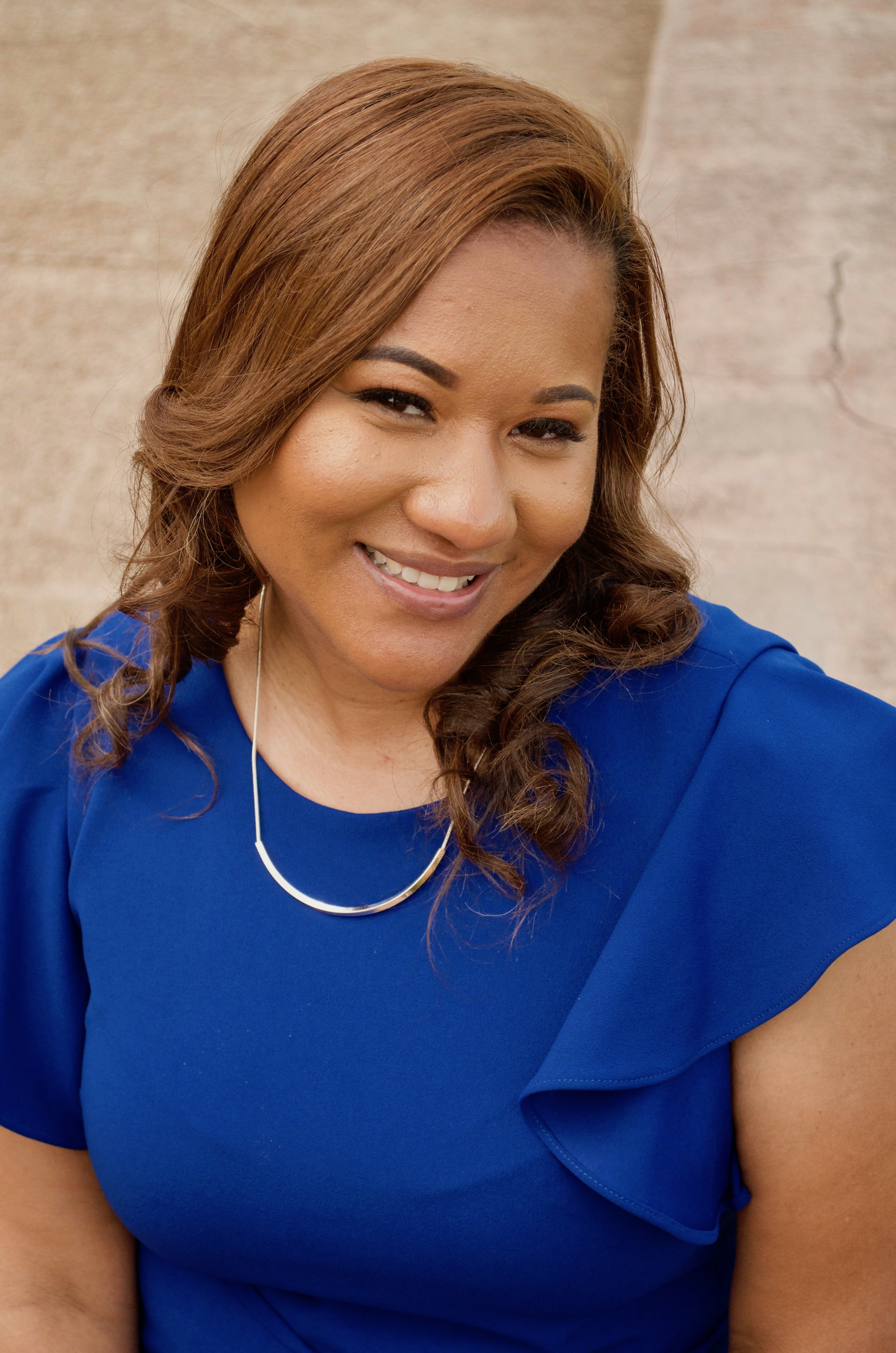5 Ways to Unleash Creativity in the Classroom
Empowering students with inclusion and technology are key to unlocking their potential

Despite their best intentions, educators don’t always foster creativity in the classroom, says Patricia Brown.
“Sometimes we stifle creativity with our students. Sometimes we keep them in a box. And sometimes, we're so self conscious about our own level of creativity, that we put that onto our students,” says Brown, a veteran educator and the founder of MsEdtechie Consultants LLC.
Brown will discuss ways to encourage instead of limit student creativity during her keynote presentation at SC PivotCON on June 15. The presentation will kick off the daylong virtual conference, which will be an opportunity for educators to come together as a community and celebrate their successes during the era of COVID, reimagine what school will look like in our future, and reconnect with colleagues. (More info and free registration here.)
“What I’ll talk about in my keynote is how we have to look beyond what we think creativity is, and allow kids to just be and create,” she says. “I would encourage everyone to give your students opportunity and access and see what they can do. Because I think you will ultimately be impressed with what your students can accomplish and create.”
Some highlights of Brown’s presentation:

1. Reflect on Your Biases
Representation matters when it comes to what you present and assign. It’s important to look at your students and make sure the examples you share with them reflect the same diversity. “So when you're talking about stories, when you're sharing stories, when you're sharing images, when you're giving examples, you are making sure it is representative of various different types of scientists, for example,” Brown says. This lets students from all backgrounds know that a career path in STEM is viable for them.
The way we talk about STEM is also important. Brown has heard educators tell female students with an interest in science that they’d make a great “female” scientist, but using the word “female” in that context sends a message that somehow women scientists are less than their male counterparts.
Tech & Learning Newsletter
Tools and ideas to transform education. Sign up below.
2. Advocate for Your Students
Educators should advocate for their diversity, equity, inclusion, and justice on behalf of their students, regardless of in what zip code they live. This advocacy for equity needs to extend to access to technology as well as beyond. It’s not enough to just give all students tablets and computers; what they do with the devices matters.
“You really see the level of inequity a lot when it comes to how kids use devices,” Brown says. “Typically, what we find in more affluent and suburban districts, creativity runs throughout the school and the districts. So kids are creating, they are making, the teachers are really honing in on the four C's. And what we find in other districts that are maybe low-performing, is typically the devices they receive, they're using them more for drill and kill, apps, and more testing, and rote learning.”
3. Make Students Aware of the Opportunities that Exist
In addition, educators should have intentional conversations with students about the opportunities ahead of them. “Talk to students about jobs and careers, specifically in the computer science realm in the STEM fields, and allow them to see themselves in those roles,” Brown says. “That's so important because we have such a disproportionate amount of students who don't have access or have not been exposed.”
Ideally, in a well-designed class, students will see examples of people in the STEM field who look like them, and then they will start learning about career opportunities. This can help give them the confidence to start creating and experimenting themselves.
4. Create Learning Environments for STEM
When developing content, educators should think about lessons that will inspire students. “There's a difference between engagement and compliance,” Brown says.
It is important to note the distinction between passive use of technology and active use. “In active use, the students are immersed in maybe a simulation, or they're coding, or they're doing peer collaboration and designing, and specifically making global connections with others,” Brown says. “As opposed to a passive use of technology, in which students are maybe just reading a book online or passively watching a video with no type of interaction or no opportunity for them to actually create.”
5. Empowering Students to Create
Students need to understand their own potential. “Make sure that you are captivating your students by allowing them to understand the power of what they can create and make, and by giving them opportunities to tinker,” Brown says. One way to do this is through STEM bins, which are loaded with simple common materials that allow students to start building and embark on simple engineering projects. Brown says the activity does not need to be complicated or high tech. For example, she recently had students who had just finished reading Jack and the Beanstalk work as teams to attempt to build the highest tower they could using everyday materials.
“Sometimes we get overwhelmed with the amount of technology that's available,” Brown says. “One of the tips that I always give educators is to pick one or two things that you want to focus on, and go with that. And maybe the only thing that you're going to use today, or this year, is the camera app [on an iPad]. Just find ways that you can incorporate the camera app in your lessons, in your activities, or things that you do with your students.”
Erik Ofgang is a Tech & Learning contributor. A journalist, author and educator, his work has appeared in The New York Times, the Washington Post, the Smithsonian, The Atlantic, and Associated Press. He currently teaches at Western Connecticut State University’s MFA program. While a staff writer at Connecticut Magazine he won a Society of Professional Journalism Award for his education reporting. He is interested in how humans learn and how technology can make that more effective.

